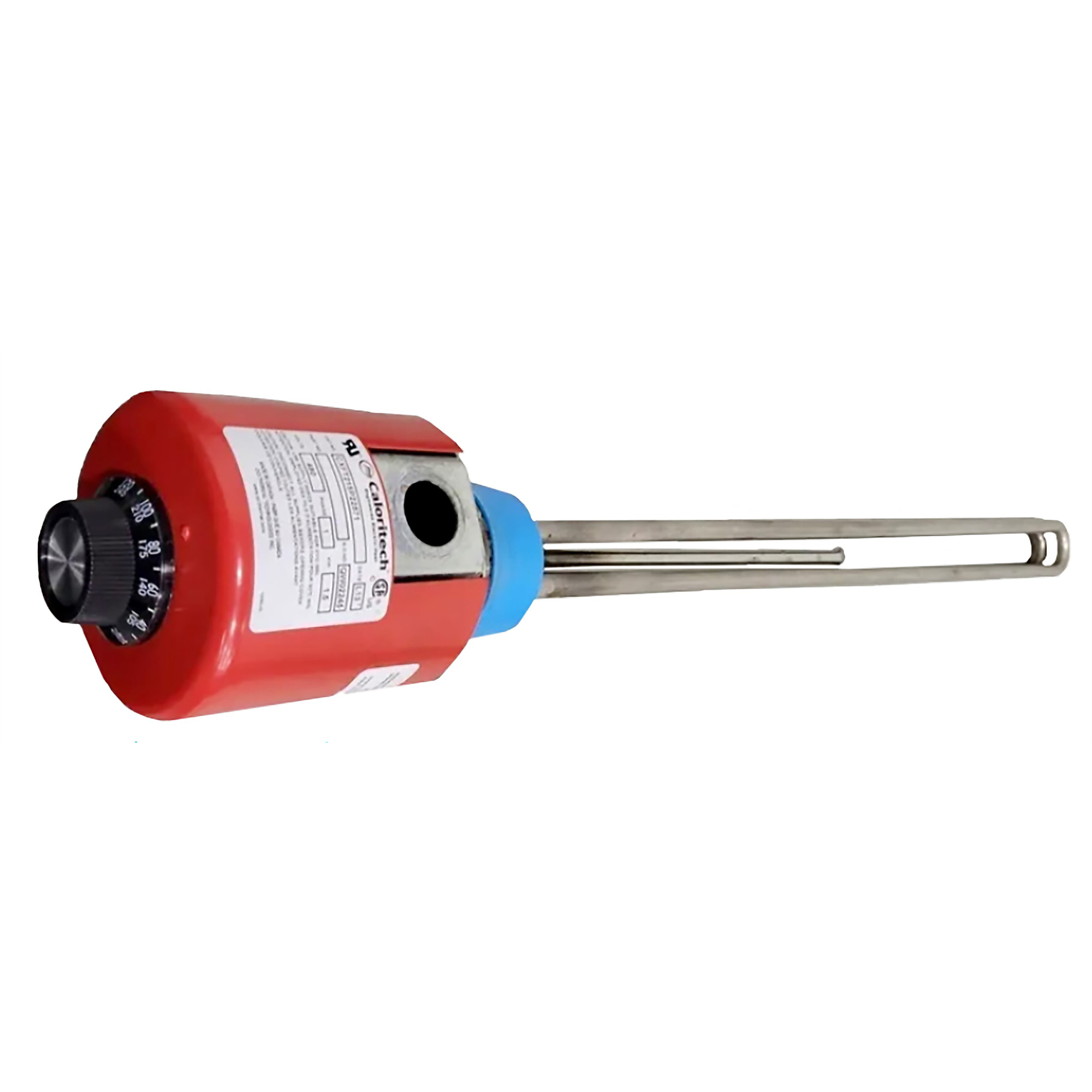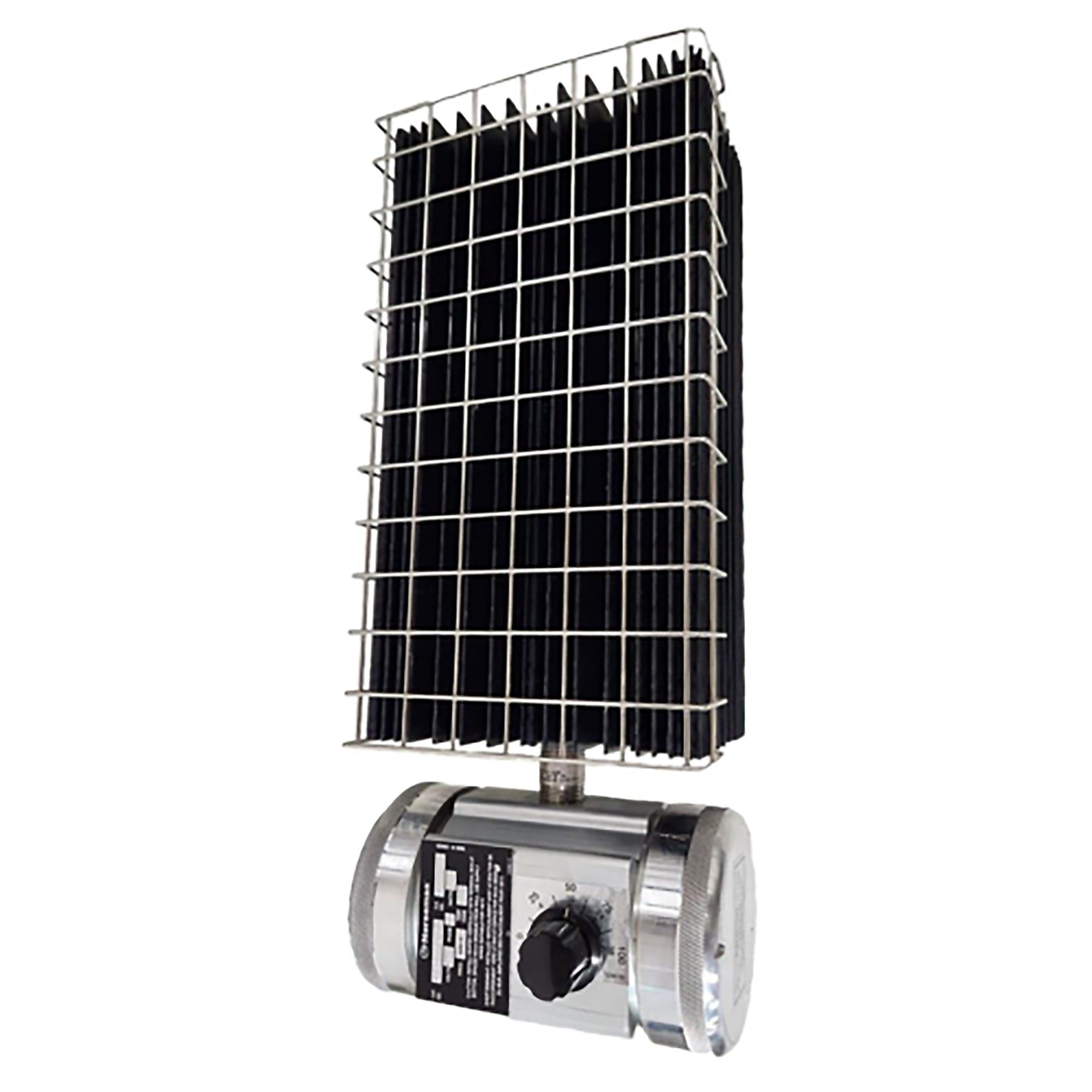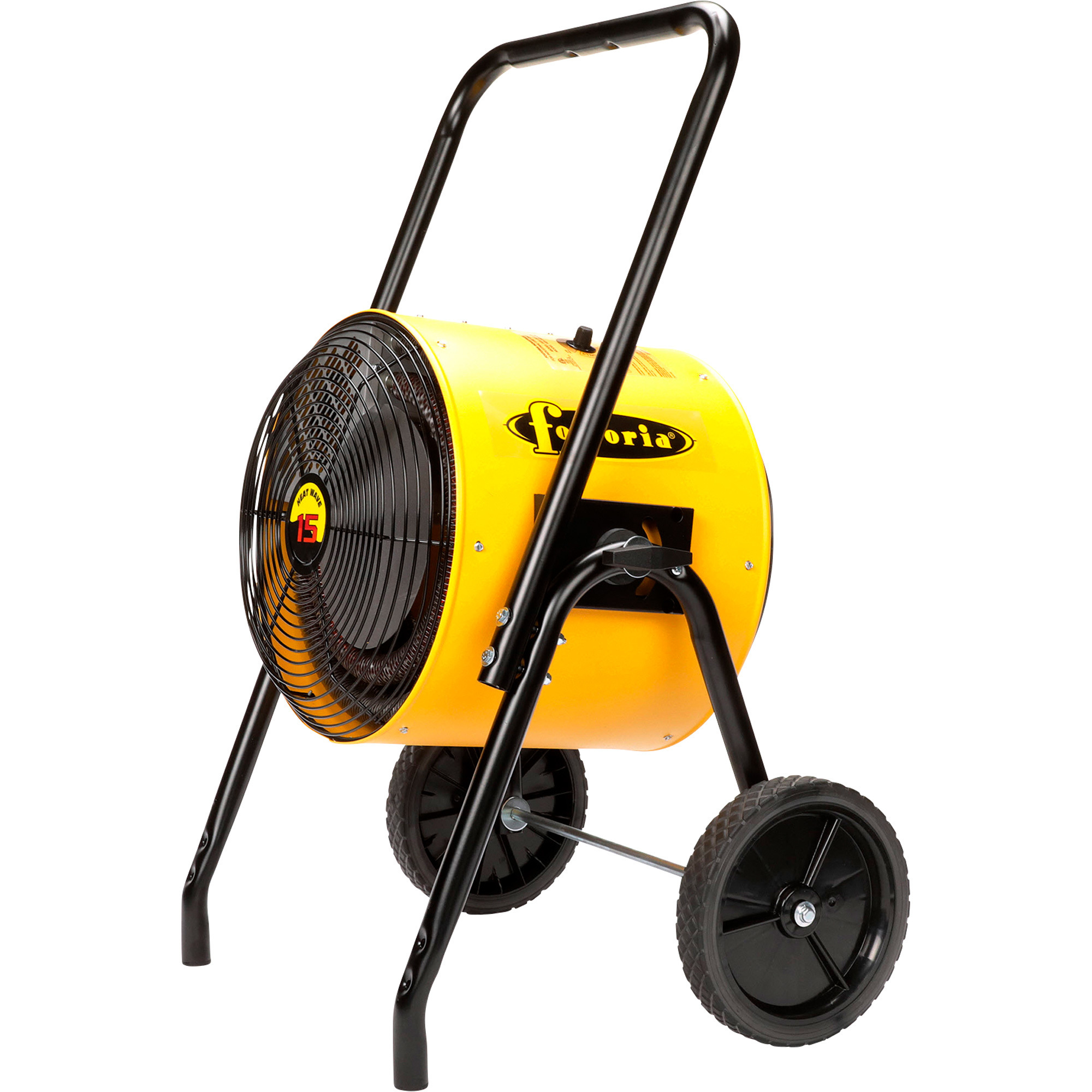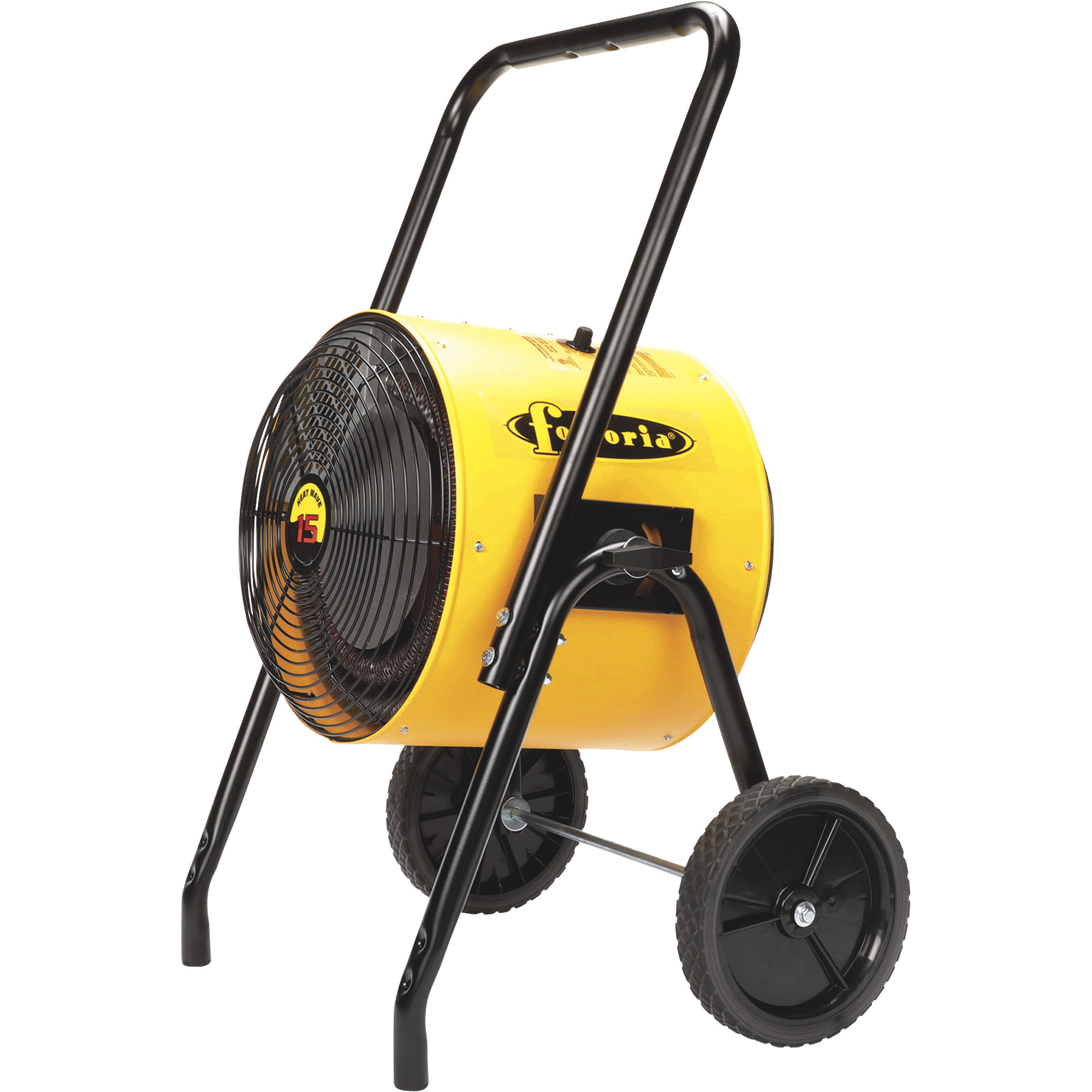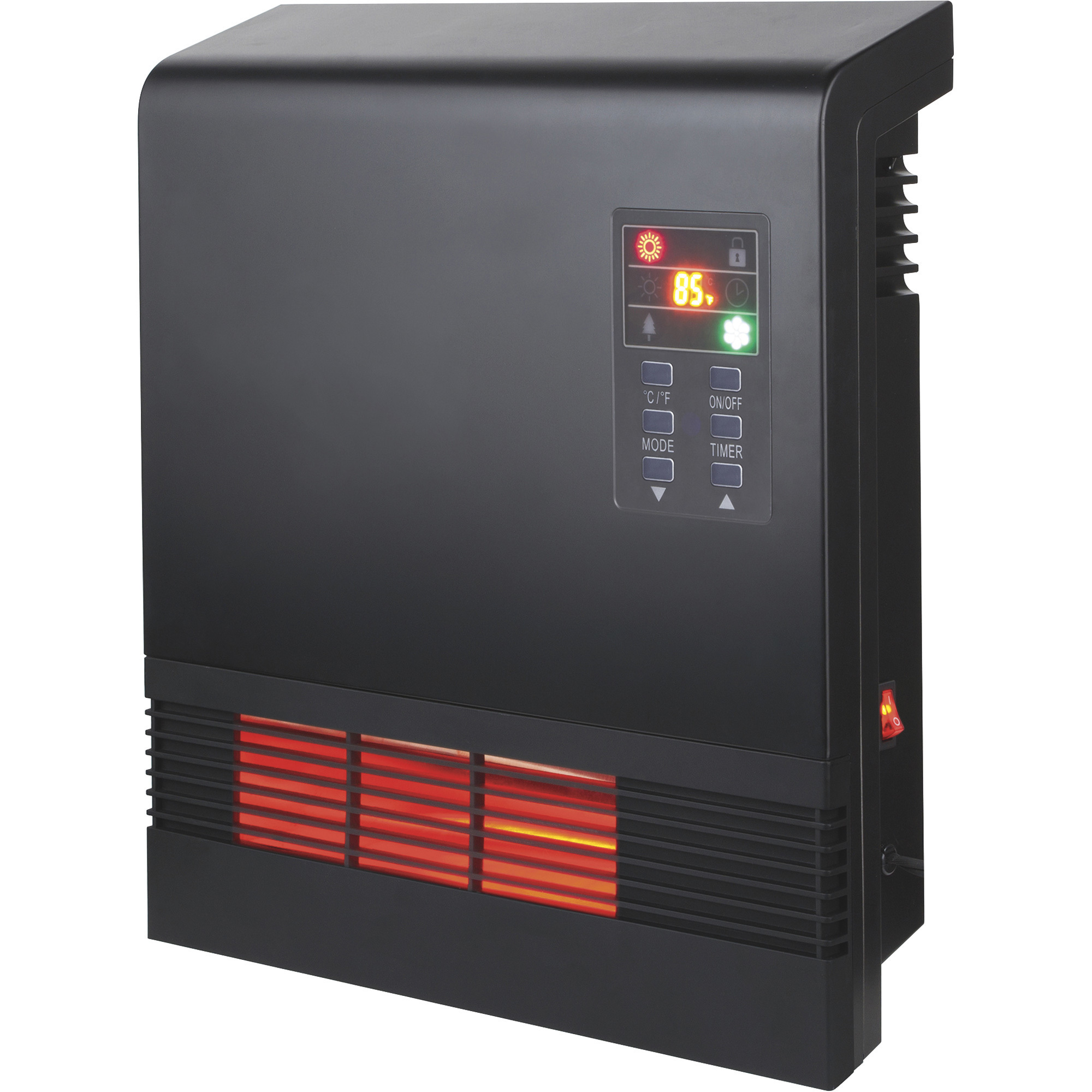Description
“Caloritech CX Series Screwplug Immersion Heaters are used primarily for water heating in tanks or vessels and have brass screwplugs with NPT-style threads and copper sheath element(s). Heaters are available with factory-installed thermostats to control the liquid temperatures. These heaters are designed to be fully immersed in liquid at all times. Application – Screwplug heaters are primarily used to heat liquids in tanks or vessels. To do so safely and reliably requires that the heating elements remain fully immersed in the liquid. Liquids such as water, oils, trichloroethylene, etc. can be heated through natural convection currents created by the immersed elements. Although electricity costs are generally higher than gas or oil, it can be demonstrated that a Caloritech immersion heater is often your best choice. The electric heater provides close to 100% efficiency, is safer and easier to control, and is usually cheaper to install. Terminal Block Simplifies Wiring – All thermostat-equipped screwplug heaters with moisture or explosion-proof housings feature a convenient terminal block mounted to a slide-out trolley. This unique Caloritech feature simplifies installation and reduces maintenance. Installation – Listed heaters have standard 1in. to 2 1/2in. NPT tapered plugs. Any other size or type of plug is available on special order. The heater is installed through a threaded half coupling located in the vessel wall well below the minimum liquid level but spaced sufficiently above the bottom to allow for sludge build-up which should never be allowed to cover any part of the elements. Horizontal installation is preferred even though heater replacement will require draining of the tank. Vertical installation is sometimes possible but it is best that you contact the factory for advice prior to purchase. Operation – For an immersion heater to transfer heat it must establish a balance between convection currents and the temperature difference between itself and the liquid. Viscous liquids which retard convection currents are the most difficult to heat. Care must be exercised to ensure that the required rate of heat transfer from the heating elements is achieved without overheating the element and the liquid resulting in coking. This is generally achieved through the selection of heater watt density. Heaters immersed in liquids, such as water with high calcium and magnesium content, phosphates or eluate solutions, have a tendency to precipitate their solids ove 3 kW, Immersion Length: (10.8 Inches / 275 mm) Application: Screwplug heaters are primarily used to heat liquids in tanks or vessels. To do so safely and reliably requires that the heating elements remain fully immersed in the liquid. Liquids such as water, oils, trichloroethylene, etc. can be heated through natural convection currents created by the immersed elements. Although electricity costs are generally higher than gas or oil, it can be demonstrated that a Caloritech? immersion heater is often your best choice. The electric heater provides close to 100% efficiency, is safer and easier to control, and is usually cheaper to install. Terminal Block Simplifies Wiring: All thermostat-equipped screwplug heaters with moisture or explosion-proof housings feature a convenient terminal block mounted to a slide-out trolley. This unique Caloritech? feature simplifies installation and reduces maintenance. Installation: Listed heaters have standard 1″” to 2 1/2″” NPT tapered plugs. Any other size or type of plug is available on special order. The heater is installed through a threaded half coupling located in the vessel wall well below the minimum liquid level but spaced sufficiently above the bottom to allow for sludge build-up which should never be allowed to cover any part of the elements. Horizontal installation is preferred even though heater replacement will require draining of the tank. Vertical installation is sometimes possible but it is best that you contact the factory for advice prior to purchase. Operation: For an immersion heater to transfer heat it must establish a balance between convection currents and the temperature difference between itself and the liquid. Viscous liquids which retard convection currents are the most difficult to heat. Care must be exercised to ensure that the required rate of heat transfer from the heating elements is achieved without overheating the element and the liquid resulting in coking. This is generally achieved through the selection of heater watt density. Heaters immersed in liquids, such as water with high calcium and magnesium content, phosphates or eluate solutions, have a tendency to precipitate their solids over the elements on heating. These heaters require scheduled maintenance to remove scale build-up which may thermally insulate the elements and reduce their service life. Selection: Proper selection of the screwplug heater is required to maximize service life. Once the wattage requirement is established “
